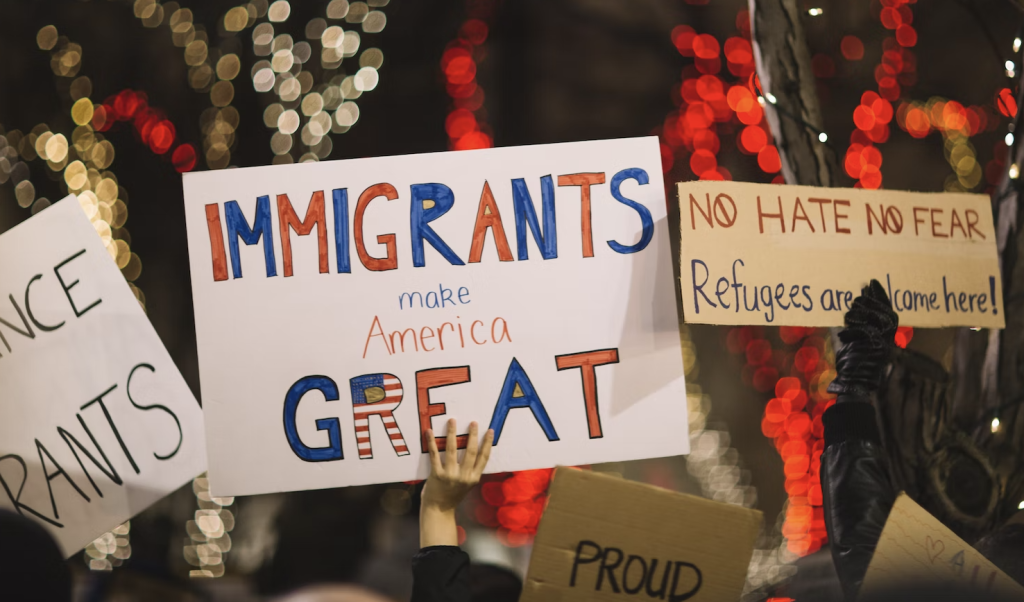Why Legal Immigration To The United States Just Got A Whole Lot Harder
U.S. Citizenship and Immigration Services is raising green card application fees for eligible individuals, adding another barrier to the path of legal immigration in the United States.
This article is more than 2 years old

While all eyes remain on the immigration crisis at the southern border, a battle for green card hopefuls is brewing in the nation’s capital. The recent news that the U.S. Citizenship and Immigration Services (USCIS) is slated to raise application fees has many people concerned. And it only adds fuel to the already heated debate over immigration.
A new proposal is on the table that would allow the USCIS to drastically increase the application fees for items like work permits and green cards. But no new fees can get finalized until the time for public comment ends. The USCIS will accept public feedback until March 6.
According to the agency, it needs additional funding to do its job and prevent case backlogs. When legal immigration slowed during the pandemic, it would be natural to assume the USCIS could catch up on existing backlogs. But the opposite happened.
Due to a lack of funds accompanying green card applications, the agency had to furlough workers and fell even further behind on work. “To fully recover, the federal agency said it needs to raise application fees, adding that the proposed prices are expected to generate $1.9 billion more per year than current application costs,” per NPR. And that is after Congress sent the USCIS $275 million in 2022 to help alleviate the financial pinch.
It seems like a lot of money. But a price hike on immigration-related paperwork is not unheard of. The USCIS raises its prices periodically, with the last jump occurring in 2016.
However, this time the proposed fee increases are substantial. “Under the proposal, applying for a green card with biometrics, or biological measurements, will go up from $1,225 to $1,540.” Additionally, “Applications to apply for citizenship may go up by $120; visas for religious workers may increase by $555; and petitions to remove conditions on residence with biometrics, which can allow spouses of green card holders to transition to lawful permanent residents, would increase by $515.”
For a family of four seeking two work visas, the fees would jump from $3,950 to $7,460. That substantial jump is unwelcome news for many green card hopefuls. Many of them are low-income workers who don’t have that kind of money.
The proposed fee structure has many immigration advocates concerned. Shalini Thomas from the New Mexico Immigrant Law Center said she already has people leave without getting help after they hear about the current fees. And she fears that trend will worsen when news of the new fee structure gets out.
Of course, not everyone has to pay the hefty immigration application fees. The USCIS offers fee waivers for specific individuals. Those seeking asylum, escaping domestic violence, refugees, and families making under 150 percent of the federal poverty level can apply for a waiver.
Unfortunately, that adds another layer of paperwork to an already daunting green card application process. It also means that the path toward legal immigration takes even longer than it would have. And given the current paperwork backlog, that could mean another year or more of waiting for an answer.



